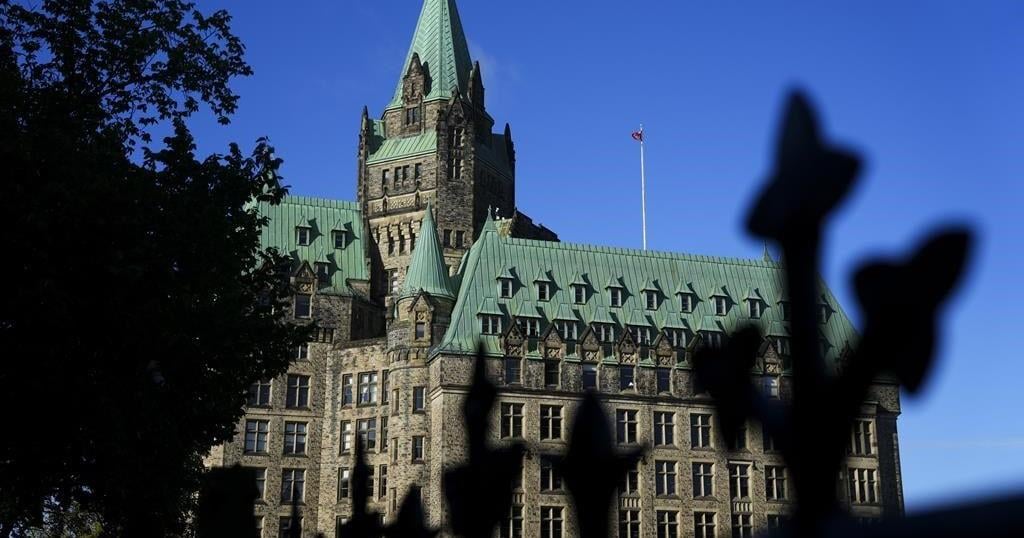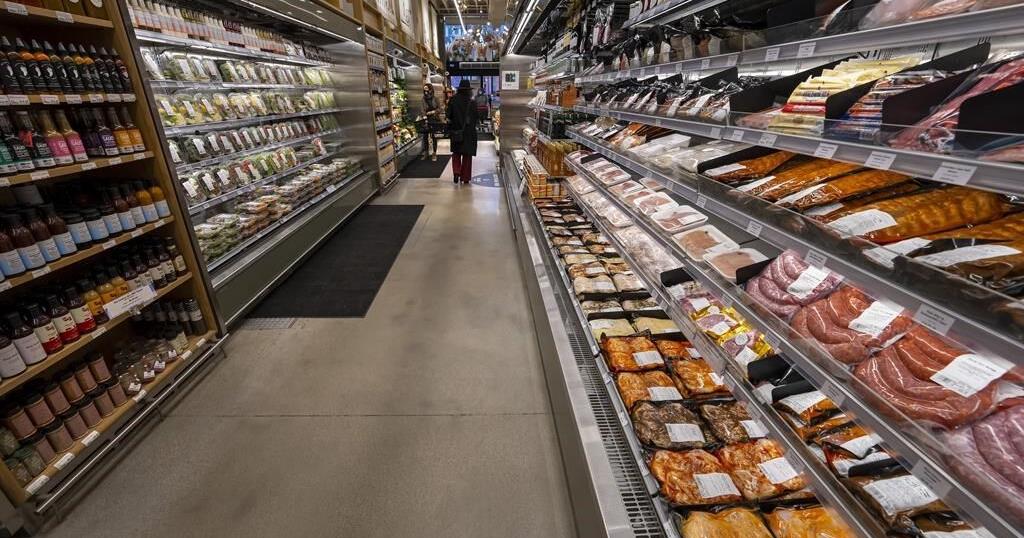The greenback has also benefited from demand for safe havens, paradoxically as a U.S. debt ceiling impasse threatens a disastrous default as soon as June 1, when the Treasury has warned it would be unable to pay all its bills.
Economy
Dollar ascendant amid resilient US economy, haven demand
Fitch put the United States’ “AAA” debt ratings on negative watch on Wednesday, adding to the sense of imminent crisis.
“The dollar has seen a good, solid move higher, and there’s good reasons for it,” said Tony Sycamore, an analyst at IG Markets, pointing particularly to haven demand amid the debt ceiling standoff, as well as mounting signs of slowdowns in China and Europe.
“I believe the dollar could be on the cusp of another 2% move higher, and Fitch could be the trigger for it.”
The U.S. dollar index, which measures the currency against six major peers including the euro and yen, touched a two-month high of 104.01.
The latest sign of weakness out of Europe came from a worse-than-expected deterioration in German business confidence.
Meanwhile, the Chinese yuan renewed a six-month low by dropping to 7.0827 per dollar in the offshore market.
The Asian giant has seen a cascade of disappointing economic indicators, all pointing to dull consumer demand and suggesting a post-pandemic recovery has already run its course.
Australia’s dollar has felt the impact of that China weakness acutely because of its close trade ties, edging to a fresh 6 1/2-month low of $0.6527.
The New Zealand dollar was still reeling from the central bank’s shock dovish tilt on Wednesday, which triggered a 2.2% slide. On Thursday, it pushed to the lowest since mid-November at $0.6085.
Money markets ramped back up the odds to about 1-in-3 for another quarter-point hike in June, with several Fed officials striking a hawkish posture recently with consumer inflation still running about twice the 2% target.
“Whether we should hike or skip at the June meeting will depend on how the data come in over the next three weeks,” Fed Governor Christopher Waller said on Wednesday at an event in California.
“I do not support stopping rate hikes unless we get clear evidence that inflation is moving down towards our 2% objective.”
(Reporting by Kevin Buckland; Editing by Edmund Klamann)

Economy
PBO projects deficit exceeded Liberals’ $40B pledge, economy to rebound in 2025

OTTAWA – The parliamentary budget officer says the federal government likely failed to keep its deficit below its promised $40 billion cap in the last fiscal year.
However the PBO also projects in its latest economic and fiscal outlook today that weak economic growth this year will begin to rebound in 2025.
The budget watchdog estimates in its report that the federal government posted a $46.8 billion deficit for the 2023-24 fiscal year.
Finance Minister Chrystia Freeland pledged a year ago to keep the deficit capped at $40 billion and in her spring budget said the deficit for 2023-24 stayed in line with that promise.
The final tally of the last year’s deficit will be confirmed when the government publishes its annual public accounts report this fall.
The PBO says economic growth will remain tepid this year but will rebound in 2025 as the Bank of Canada’s interest rate cuts stimulate spending and business investment.
This report by The Canadian Press was first published Oct. 17, 2024.
The Canadian Press. All rights reserved.
Economy
Statistics Canada says levels of food insecurity rose in 2022

OTTAWA – Statistics Canada says the level of food insecurity increased in 2022 as inflation hit peak levels.
In a report using data from the Canadian community health survey, the agency says 15.6 per cent of households experienced some level of food insecurity in 2022 after being relatively stable from 2017 to 2021.
The reading was up from 9.6 per cent in 2017 and 11.6 per cent in 2018.
Statistics Canada says the prevalence of household food insecurity was slightly lower and stable during the pandemic years as it fell to 8.5 per cent in the fall of 2020 and 9.1 per cent in 2021.
In addition to an increase in the prevalence of food insecurity in 2022, the agency says there was an increase in the severity as more households reported moderate or severe food insecurity.
It also noted an increase in the number of Canadians living in moderately or severely food insecure households was also seen in the Canadian income survey data collected in the first half of 2023.
This report by The Canadian Press was first published Oct 16, 2024.
The Canadian Press. All rights reserved.
Economy
Statistics Canada says manufacturing sales fell 1.3% to $69.4B in August

OTTAWA – Statistics Canada says manufacturing sales in August fell to their lowest level since January 2022 as sales in the primary metal and petroleum and coal product subsectors fell.
The agency says manufacturing sales fell 1.3 per cent to $69.4 billion in August, after rising 1.1 per cent in July.
The drop came as sales in the primary metal subsector dropped 6.4 per cent to $5.3 billion in August, on lower prices and lower volumes.
Sales in the petroleum and coal product subsector fell 3.7 per cent to $7.8 billion in August on lower prices.
Meanwhile, sales of aerospace products and parts rose 7.3 per cent to $2.7 billion in August and wood product sales increased 3.8 per cent to $3.1 billion.
Overall manufacturing sales in constant dollars fell 0.8 per cent in August.
This report by The Canadian Press was first published Oct. 16, 2024.
The Canadian Press. All rights reserved.
-

 News15 hours ago
News15 hours agoCanadanewsmedia news October 18, 2024: Testy B.C. election campaign reaches final day
-

 News15 hours ago
News15 hours agoUS to probe Tesla’s ‘Full Self-Driving’ system after pedestrian killed in low visibility conditions
-

 News15 hours ago
News15 hours agoAdvocates urge Ontario to change funding for breast prostheses, ostomy supplies
-

 News15 hours ago
News15 hours agoMore details expected on proposed deal that would see tobacco giants pay billions
-

 News15 hours ago
News15 hours ago‘Kindness’ influencers on TikTok give money to strangers. Why is that controversial?
-

 News15 hours ago
News15 hours agoHousing, health, and plastic straws: Here’s how B.C. politicians are wooing voters
-

 News15 hours ago
News15 hours agoTesty B.C. election campaign sees leaders attacking each other more than policy
-

 News15 hours ago
News15 hours agoRwanda shrugs off ‘sportswashing’ criticism in pursuit of a winning development formula




















